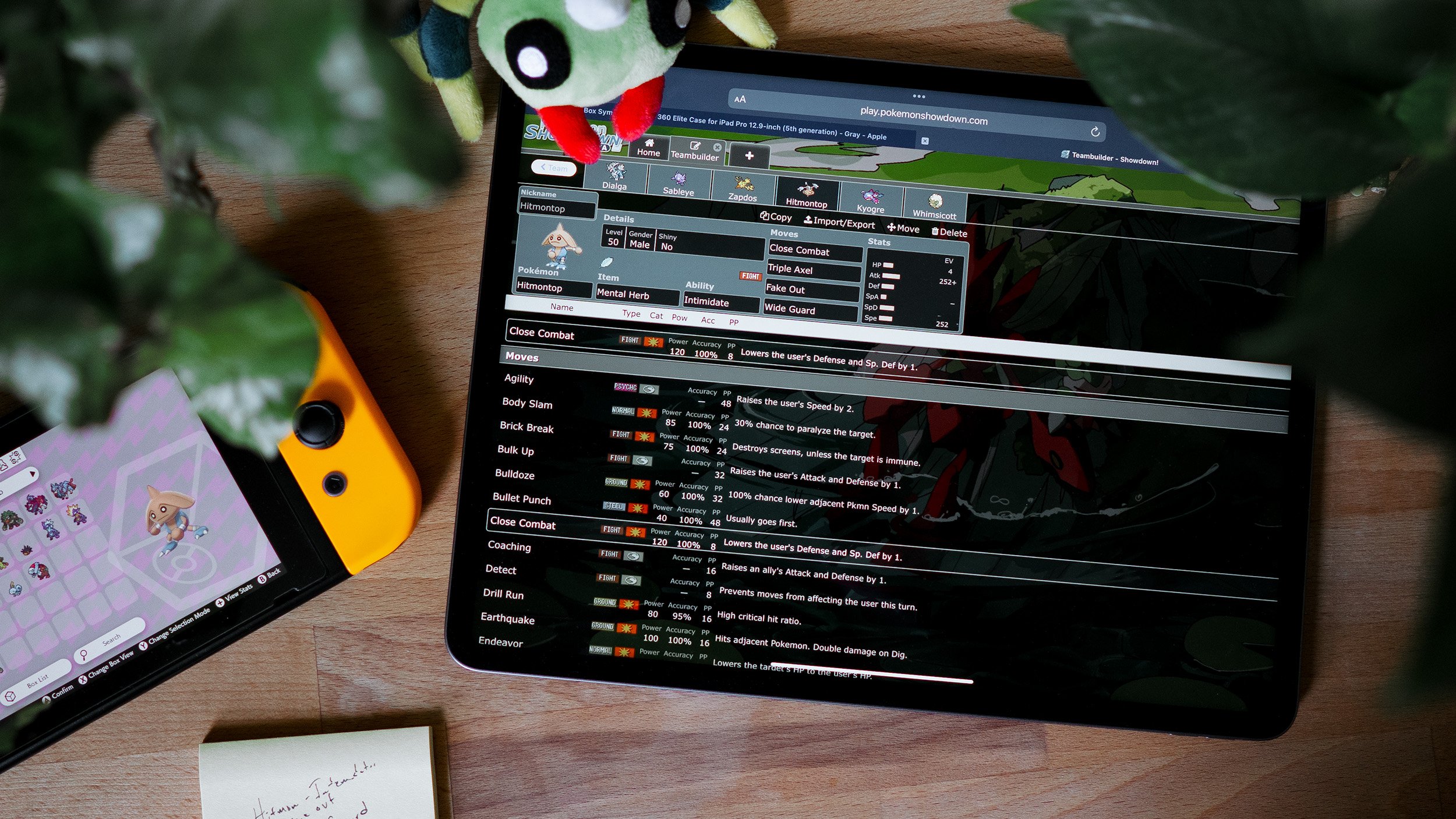
Archetypes
3min 42sec read
Learn about the broad strokes with which we classify teams.
Written by Aaron Traylor
Teambuilding / Abstract Building Blocks
Sometimes, a strong core will become popular, and people will iterate on it and optimize for partners that minimize its weaknesses. At this point, many players will have similar teams built around the same Pokémon and goals, and those teams will likely succeed at a variety of events and tournaments, although they are rarely exactly alike. At this point, we refer to this core as an archetype.
Typically, archetype refers to a core with defined strengths and weaknesses that really defines a team and isn't just a “backbone” or “glue Pokémon”. This is because all of the teams within an archetype will have similar goals and typically play in similar ways.
EXAMPLE
Fire/Water/Grass cores, while popular, usually appear on many different archetypes rather than being an archetype themselves. In Series 10, Incineroar, Urshifu-Rapid-Strike, and Rillaboom formed a powerful Fire/Water/Grass core. However, these Pokemon aren’t really an archetype together; but Zacian alongside those Pokemon formed a popular archetype, colloquially referred to as “Standard Zacian”. This is an example of what a “Standard Zacian” team might look like.
Pay attention to archetypes– as the metagame for a format develops, many archetypes will become too popular to ignore, and you’ll see them frequently in both ladder and tournament battles. At the beginning of a format, not many archetypes will be established, as players are experimenting and iterating on their best ideas, but as time goes on, a metagame will form around these archetypes. If the metagame is decentralized, the archetypes will be more varied. If the metagame is centralized, there will be fewer archetypes; but they will be very well-optimized and challenging to defeat.
That being said, not every team will lie within a known archetype, and while it’s good to have a rough idea of how the archetypes work, they aren’t a complete snapshot of a format. Don’t feel like you have to start with an archetype when you’re building your own team!
How do I identify popular archetypes?
The best place to look is tournament results, for two reasons– first, the teams there have proven success (because they placed highly in the tournament). Second, players tend to take tournaments seriously, so you can learn about what other players think is their best shot of winning by looking at what they bring to events. Check out Victory Road for recent tournament results.
How should I think about archetypes when teambuilding?
During teambuilding, you’ll want to consider the popular archetypes (maybe by making a threat list) and how your team handles them. This will provide constraint, because it will quickly become apparent (either in theory or in practice) which archetypes your team struggles against, and then you might have to edit your team. Many archetypes that gain popularity are quite strong. Good answers to popular archetypes may be rather hard to find, and usually aren’t as easy as finding one perfect Pokémon that matches up perfectly. Working to find teambuilding solutions to popular cores is perhaps the most challenging and rewarding part of VGC.
If a particular archetype interests you when building your own team, the strengths will be well-known, which will give you ideas and maybe even a starting point for your team. However, the weaknesses of that archetype will also be well-known– and it’s fun to try to solve those problems yourself. If this path interests you, we recommend working through the archetype as if you were building it from scratch yourself, and not slapping on any Pokémon or taking anything for granted. Why is each Pokémon added? What’s necessary, and what could be optimized? This will not only give you a better understanding of how your team plays out, but maybe you will find a cool new direction for the team that others may have overlooked.
Wrapping Up
As players learn and grow in a format, they’ll begin to understand what Pokémon work extremely well together, and make teams based around that combination’s fundamental goals. These archetypes often define the metagame, and they will wax and wane in popularity as time in a format goes on. You don’t have to use a core from an archetype, or treat the current archetypes as some sort of unwavering standard; but understanding what each archetype is meant to do lets you put the current metagame in concrete terms. From there, even though teambuilding itself might not be any easier, it will be well-defined– and you’ll understand your team and its performance much better.

